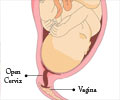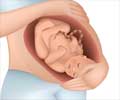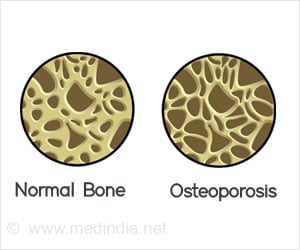Potential bone marrow donors should be informed of the small risk of their DNA profile turning up in a crime database if the recipient later commits an offence.
In what may sound as a typical open-and-shut case, a clear DNA match was made between semen from a serious sexual assault and a blood sample from a known criminal. However, the criminal in question was in jail when the assault took place. Forensic scientists had already matched the crime sample to the DNA profile of another person who was their prime suspect. It was only after careful detective work that it was discovered that the jailed man had received bone marrow from the suspect many years earlier.
Further enquiries among family and friends of the two men revealed that not only were the convict and suspect brothers, but the inmate had received a bone marrow transplant from his brother. As a result, his blood was populated with cells bearing his brother's DNA profile.Abirami Chidambaram, from the Alaska State Scientific Crime Detection Laboratory in Anchorage asserts that as forensic DNA databases grow and more people undergo bone marrow transplants, the risk of a miscarriage of justice increases.
Until recently, bone marrow transplants involved destroying the patient's own bone marrow. In such cases their blood will contain the DNA profile of the donor alone. But some treatments in recent years, such as therapies to treat sickle cell disease, retain some of the patient's original bone marrow, so their blood can contain a mixed DNA profile.
Mixed profiles can also occur when DNA is collected from swabs taken from the inside of the cheek, rather than blood samples. This practice is already standard in the UK and is increasingly being used by US police.
The report, which appears in the October issue of New Scientist magazine, describes that cheek cells of a bone marrow recipient will contain mostly their own DNA, but can become contaminated with the donor's DNA over time. So it is important to check both blood and cheek samples to be sure of spotting a transplant recipient.
Chidambaram stresses that potential marrow donors should be informed of the small risk of their DNA profile turning up in a crime database if the recipient later commits an offence.
Medindia on Bone marrow:
Bone marrow is the tissue present inside our long bones, which are responsible for producing blood cells. It contains stem cells, the base for producing red blood cells, white blood cells, platelets and other blood components.











